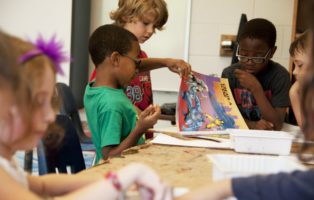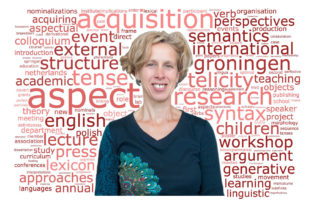Exploring new markers of late language development in young speakers and signers
Research Question
What do we know about late language development (6-16) in (a)typical populations like deaf signers, how is language assessed in that age range, and what can practitioners and linguists offer?
Project Description
ATLAS’ aim is to describe the process of language development corresponding to the school years, 6-16, in different populations, to identify linguistic litmus categories represented in assessment tests and collate views from scientists, practitioners, and educators about what needs urgent improvement. Hearing-impaired children and adolescents are a particularly complex group, given the diversity of acquisition paths of their spoken and sign languages, often leading to late or partial development. My work will contribute to these aims from Theoretical and Sign Language Linguistics, focusing on phenomena identifiable as markers of late development in hearing and hearing-impaired populations.
Selected Publications
Quer, J., R. Pfau & A. Herrmann (eds.). 2021. Routledge Handbook of Theoretical and Experimental Sign Language Research. London: Routledge.
Quer, J. & M. Steinbach. 2019. Handling Sign Language Data: The Impact of Modality. Frontiers in Psychology. 10:483. doi: 10.3389/fpsyg.2019.00483
Quer, J., C. Cecchetto, R. Pfau, C. Donati, M. Steinbach, C. Geraci & M. Kelepir (scientific directors). 2017. SignGram Blueprint. A Guide to Sign Language Grammar Writing. Berlin: De Gruyter Mouton.




